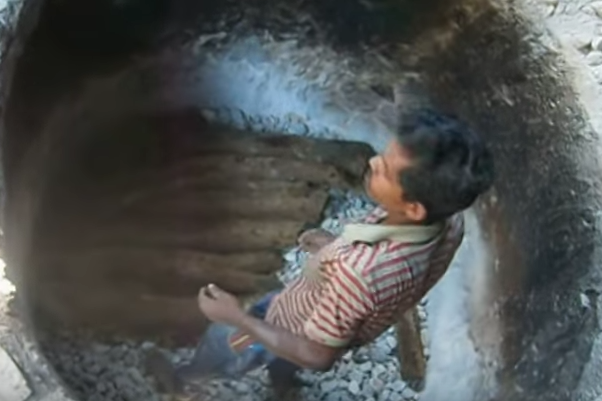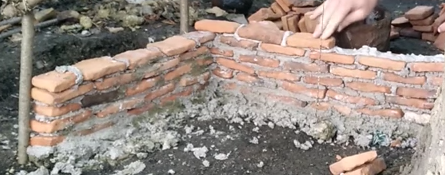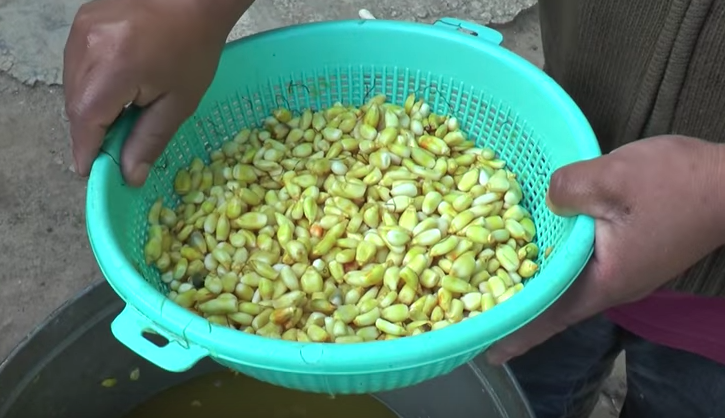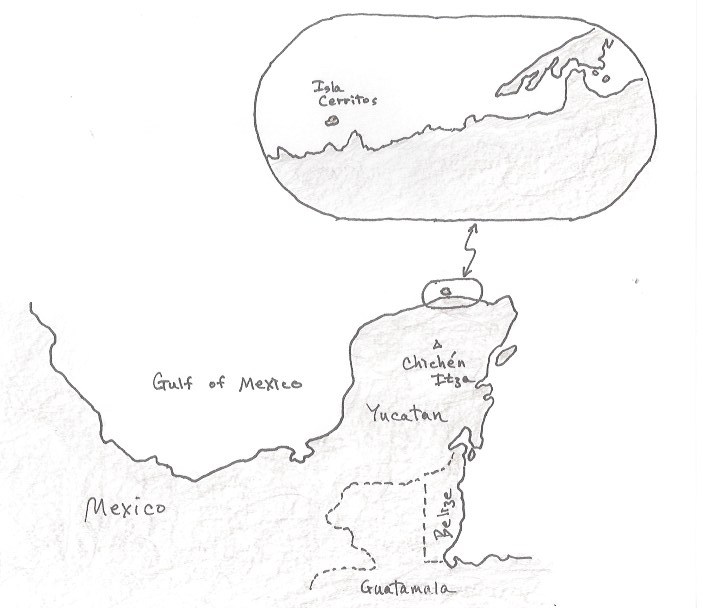Answer: The ancient Maya used lime for both.
From Wikipedia: https://en.wikipedia.org/wiki/Lime_(material):
- Lime is a calcium-containing inorganic mineral in which carbonates, oxides, and hydroxides predominate. In the strict sense of the term, lime is calcium oxide or calcium hydroxide. It is also the name of the natural mineral (native lime) CaO which occurs as a product of coal seam fires and in altered limestone xenoliths in volcanic ejecta. The word lime originates with its earliest use as building mortar and has the sense of sticking or adhering.
- These materials are still used in large quantities as building and engineering materials (including limestone products, cement, concrete, and mortar), as chemical feedstocks, and for sugar refining, among other uses. Lime industries and the use of many of the resulting products date from prehistoric times in both the Old World and the New World. Lime is used extensively for wastewater treatment with ferrous sulfate.
How do we obtain lime? Start with limestone and add some heat:
- Limestone is calcium carbonate which breaks down with heat.
- Limestone + heat = Lime + carbon dioxide (or, for the chemists out there: CaCO3 + heat -> CaO + CO)
- Note: CaO is called quicklime.
The process can be a simple as adding layers of limestone and firewood to a pit and burning it: https://www.youtube.com/watch?v=R2JCoe0GRpg
A smaller scale example: https://www.youtube.com/watch?v=r39dvtQBs44
Note that in both videos, the chunks of limestone are added to water after being heated. This is because CaO is not stable and, over time, it will revert to CaCO3.
In order to stabilize the quicklime/CaO, “slake” it with just enough water to form calcium hydroxide or slaked lime:
- CaO + H2O -> Ca(OH)2 (note: this releases heat!)
- Both CaO and Ca(OH)2 are in the form of a white powder (once it is crushed)
- Note: slaking (a geological term) is the process in which earth materials disintegrate and crumble when exposed to moisture.
The lime, in the form of Ca(OH)2, can now be used to make cement, plaster/mortar, or concrete.
A demonstration: https://www.youtube.com/watch?v=JfmRKjIJmOQ where the cement was prepared in the following way:
- Sand / Silt was collected from the river and drained of water.
- The quicklime previously fired was crushed into half a pea-sized pieces (in this case, skipping the slaking step…but using the material immediately) and added to the sand at a ratio of 1:2 and mixed thoroughly.
- Then water was added to allow the chemical reaction to begin and added throughout mixing as water escaped as steam.
A comprehensive explanation of lime used as plaster/mortar, cement, and concrete:https://www.youtube.com/watch?v=i97FZevqcPw&t=208s
The ancient Maya used the slaked lime to both join rocks and plaster a finished wall, in order to build their massive cities.

Original stonework and plaster in a protected section of a ruin (Dzibilchaltun, in northern Yucatan).
Now let’s look at cooking maize.
Plain cooked maize kernels are deficient in niacin. But cooking them with lime (in a process called “nixtamalization”) enables more of the maize’s nutrients to be available to our bodies.
From Wikipedia:
The nixtamalization process was very important in the early Mesoamerican diet, as unprocessed maize is deficient in free niacin. A population that depends on untreated maize as a staple food risks malnourishment and is more likely to develop deficiency diseases such as pellagra, niacin deficiency, or kwashiorkor, the absence of certain amino acids that maize is deficient in. Maize cooked with lime or other alkali provided niacin to Mesoamericans. Beans provided the otherwise missing amino acids required to balance maize for complete protein.
Also from Wikipedia:
The ancient process of nixtamalization was first developed in Mesoamerica, where maize was originally cultivated. There is no precise date when the technology was developed, but the earliest evidence of nixtamalization is found in Guatemala’s southern coast, with equipment dating from 1200–1500 BC.
Video about nixtamalization: https://www.youtube.com/watch?v=TIs3gjOPevw
See also: https://en.wikipedia.org/wiki/Nixtamalization
Take-a-way: The ancient Maya were both
- accomplished engineers
- culinary chemists!
Which should not be a surprise given that they had larger populations and larger cities than Europe before and during the Middle Ages.
And don’t forget the ancient Maya had a “zero” in their number system (more on that later).
Questions? Thoughts? Corrections? Please email me at walt@waltsocha.com





